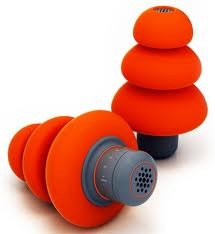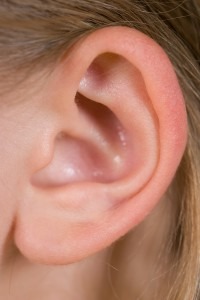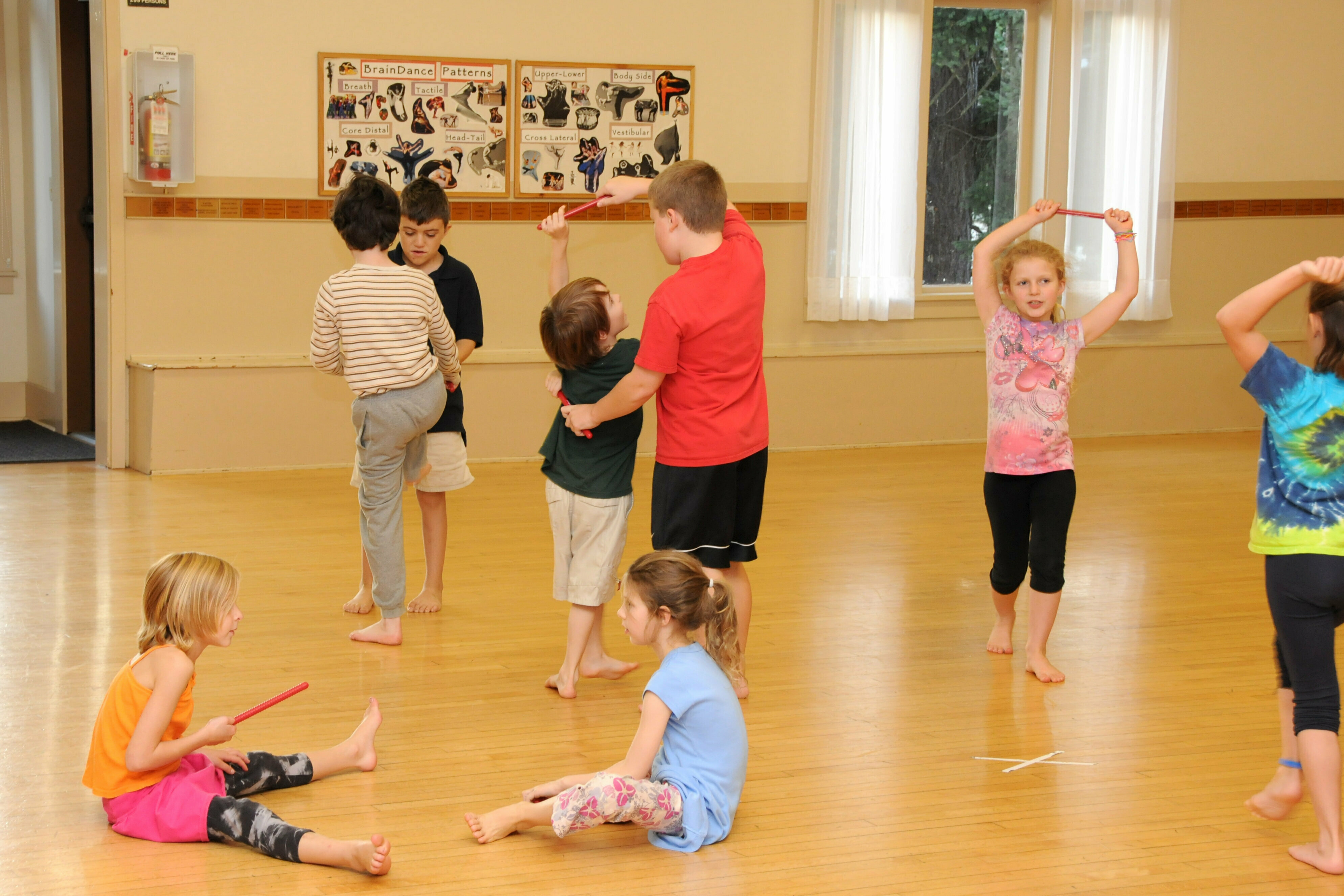 Nearly every day I see large advertisements promoting hearing devices. There is certainly a need.
Nearly every day I see large advertisements promoting hearing devices. There is certainly a need.
Hearing plays an essential role in communication, language development and learning. Even a small amount of hearing loss can have a profound, negative effect on comprehension and social development and may result in social isolation. Musicians for obvious reasons are very reluctant to discuss hearing loss. It is still a stigma.
Noise induced hearing loss can result from a one-time exposure to a very loud blast or from listening to loud sounds over an extended period. Music reaches very high decibels on average, not taking into account periodic blasts, orchestrations with earsplitting numbers of percussion instruments and loud techniques. Mahler Symphony #6 is famous for 8 horns, 6 trumpets, 4 trombones, 6 timpani, 12 percussion instruments and a huge hammer that shakes the stage. The third movement of Shostakovich Symphony #11 the “1905” has deafening cymbal crashes, bells and tam-tams. There are many works with huge choruses, and amplification. Currently there are no standards for intermittent noise exposure though it can be extreme. Most people go untested for five years.
Hearing loss is devastating to a musician but it may not be our worst scenario. There are several noise induced hearing injuries that cause life-changing difficulties with communication and participation in life.
 Tinnitus
Tinnitus
Nearly 50 million Americans suffer from the phantom noise called tinnitus, or “ringing” in the ears or head that only you can hear. Of these 13 million are under the age of eighteen. Tinnitus is on the rise due to the explosion of noise in our culture. The sounds “in one’s head” can be intermittent or continuous, in one or both ears. Some sufferers equate the sound to a train or jet plane roaring in their ears; others hear one constant pitch.
Most tinnitus is caused by damage to the microscopic endings of the hearing nerve in the inner ear. Tinnitus can be terribly disturbing as it disrupts sleep, relationships, and normal activities. It is more pronounced when there are no other ambient sounds. Sufferers may become paranoid and depressed about their condition as they attempt to avoid both loud and quiet situations. Tinnitus can be, but is not always accompanied by hearing loss. Although tinnitus may be precipitated by other conditions, noise exposure is the most common cause. To date no cure is known.
Among musicians the prevalence of tinnitus is high. Hearing and concentration on the music becomes difficult. The fear of exacerbating the condition adds to the stress surrounding this disease.
Treatment options include masking devices, cognitive therapy, and Tinnitus Retraining Therapy, which over time increases the sufferer’s tolerance levels. Severity of symptoms can sometimes be lessened by reducing salt, nicotine, alcohol and caffeine, lowering blood pressure, exercising to improve circulation, avoiding stress and by avoiding further exposure to loud sound.
Hyperacusis
Although noise exposure can cause sensitivity to some sounds, a hyperacusis sufferer has pronounced sensitivities to all sounds. The fibers and muscles in the inner ear spasm at the least sound due to the damaged and malfunctioning auditory nerve to the brain, causing abnormal discomfort and intolerance to sound even with earplugs. Hyperacusis often causes inner ear pain, pain in the neck, face and tongue, and a feeling of fullness or pressure.
Imagine being at a movie where the sound track seems to be at the highest volume, or the clattering of dishes, jingling keys or the sound of your own voice is intolerable. The volume of the whole world seems to be stuck on high. The hyperacusis patient may go to great lengths to isolate themselves from normal social interactions and activities.
Hyperacusis may be more common in musicians than was suspected in the past. In a study entitled A Sound Ear done in the U.K., more than a quarter of woodwind players report hyperacusis. The loss of dynamic range and fear of sound is definitely a handicap for musicians!
Like tinnitus, this injury can occur without hearing loss and may affect one ear or both ears. Unlike tinnitus, Hyperacusis sufferers yearn for total silence. The avoidance of normal sound can cause an even further breakdown to the tolerance of sound.
Most cases are the result of noise exposure over time; although a sudden burst of noise can trigger this injury causing a great deal of anxiety, stress and social isolation. Aversion to noise prevents full participation in life. Although sound desensitization or pink noise therapy can help hyperacusis, this injury is usually career ending for a musician.
Recruitment
Recruitment may be confused with hyperacusis, as it is also characterized by over-sensitivity to sound. Recruitment though, is always a by-product of hearing loss. Recruitment occurs when the band of inner ear receptors of a certain pitch have been destroyed. This causes these frequencies to “jump out” in a painful way when the volume of the sound per se is not loud or damaging to someone with normal hearing.
Be an advocate!
Promote awareness about dangerous decibels. Speak up and ask for music to be turned down in grocery stores, restaurants and at events. Encourage hearing protection in the workplace. Hearing issues must not remain behind the scenes. It’s the last pollution that has yet to be addressed. In order to continue to make and listen to beautiful music we must take steps to prevent injury to our most precious sense.
“This is an excerpt from Playing (Less) Hurt by Janet Horvath, published by Hal Leonard Books”
Mahler #6 hammer shakes the stage
Plan B and Chris Martin back earplug campaign :
http://www.bbc.co.uk/news/entertainment-arts-17952110





In the top ten of my favorite articles, thanks!
superb article
superb post
This event is useful using POP branches.However, a high quality device is required.
Education